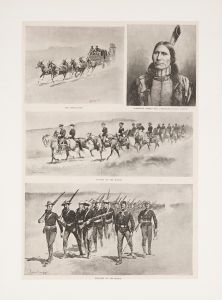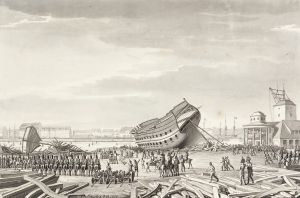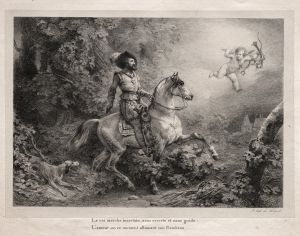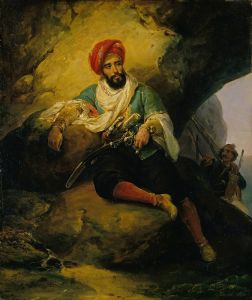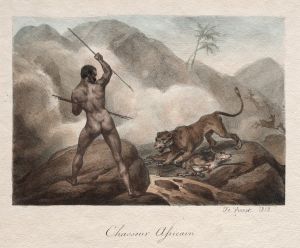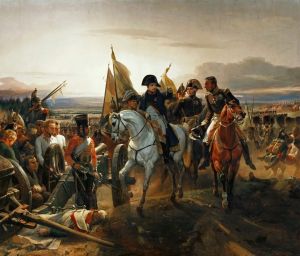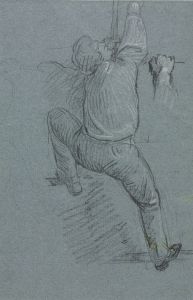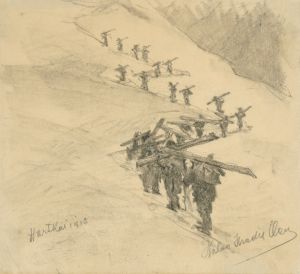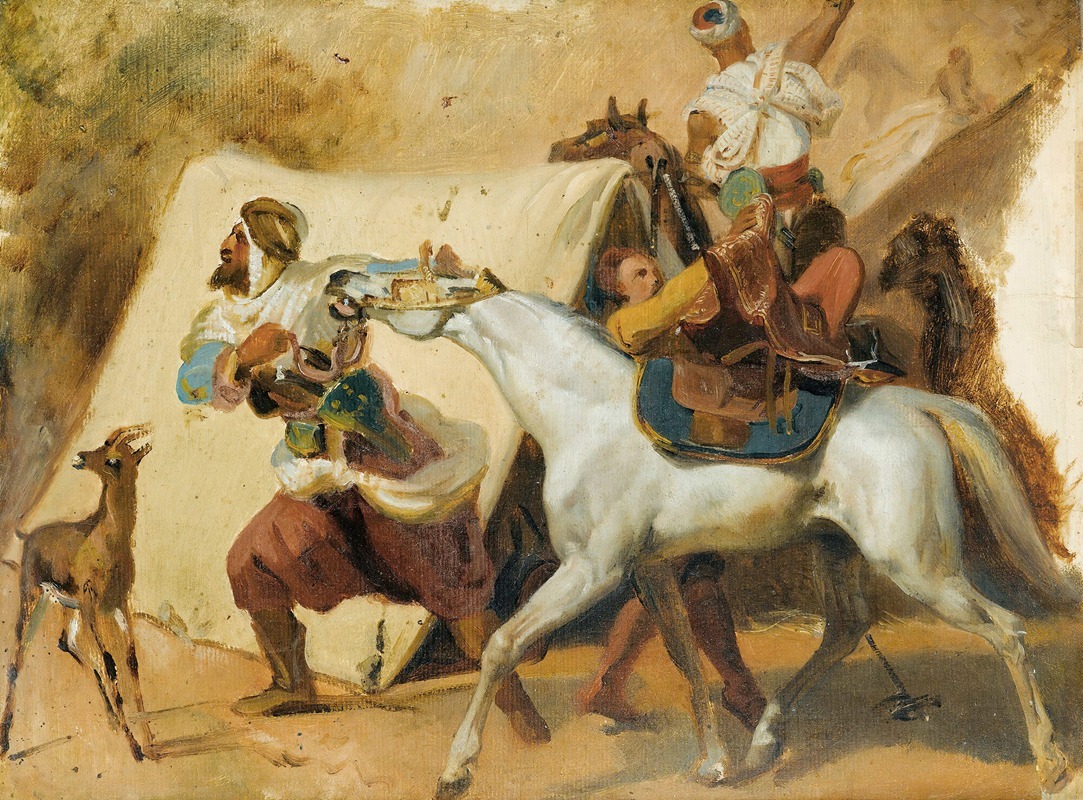
Study for the attack of Abd el Kader ‘s Smalah by the Duke d’Aumale
A hand-painted replica of Horace Vernet’s masterpiece Study for the attack of Abd el Kader ‘s Smalah by the Duke d’Aumale, meticulously crafted by professional artists to capture the true essence of the original. Each piece is created with museum-quality canvas and rare mineral pigments, carefully painted by experienced artists with delicate brushstrokes and rich, layered colors to perfectly recreate the texture of the original artwork. Unlike machine-printed reproductions, this hand-painted version brings the painting to life, infused with the artist’s emotions and skill in every stroke. Whether for personal collection or home decoration, it instantly elevates the artistic atmosphere of any space.
"Study for the Attack of Abd el Kader’s Smalah by the Duke d’Aumale" is a preparatory work by the French artist Horace Vernet (1789–1863). Vernet, a prominent painter of military and historical scenes, created this study as part of his process for completing the larger and more famous painting, "The Capture of the Smalah of Abd el-Kader by the Duke d’Aumale on 16 May 1843." The final work, completed in 1845, is housed in the Château de Versailles in France.
The study depicts a moment from the French conquest of Algeria, specifically the surprise attack led by Henri d’Orléans, Duke d’Aumale, against the encampment (or "smalah") of Abd el-Kader, an Algerian leader and resistance figure. Abd el-Kader was a key figure in the struggle against French colonial forces during the early 19th century. The attack on the smalah was a significant event in the French campaign, as it disrupted Abd el-Kader’s operations and dealt a blow to his resistance movement.
As a preparatory study, this work likely focuses on compositional elements, figures, and the arrangement of the scene rather than the detailed execution seen in the final painting. Vernet was known for his meticulous attention to detail and his ability to convey the drama and dynamism of military engagements. His works often celebrated French military achievements, aligning with the nationalist sentiments of the time.
The study reflects Vernet’s skill in capturing movement and the chaos of battle, as well as his interest in exoticism, which was a common theme in 19th-century European art. The depiction of Algerian fighters, their encampment, and the French cavalry reflects the Orientalist perspective prevalent in European art of the period. Orientalism often romanticized and stereotyped non-European cultures, and Vernet’s work is no exception.
While the study itself is less well-known than the final painting, it provides valuable insight into Vernet’s artistic process and the historical context of the French colonization of Algeria. The larger painting was commissioned by King Louis-Philippe of France as part of a series of works glorifying French military conquests and was intended to reinforce the monarchy’s image and legitimacy.
Further details about the specific location of the study or its current status are not widely documented. However, it remains an important example of Vernet’s preparatory methods and his role in shaping the visual narrative of French imperial history.





